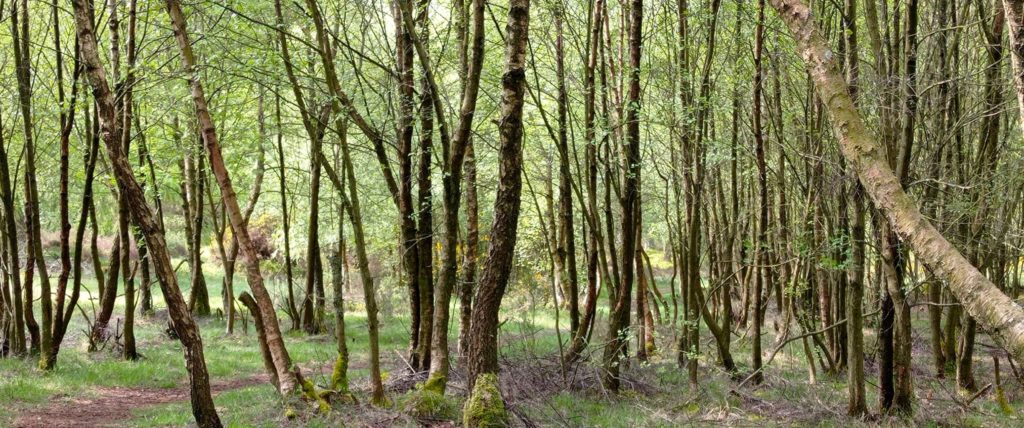We were recently asked to provide some advice for small woodland owners on points to consider when inviting friends or other willing volunteers to work in their woodland, for example to help with bringing coppice back into active management. Legal and insurance issues were of particular concern. Below is a selection of recommendations, which can be tailored to individual situations and the experience level of the volunteers.
Essential actions:
- As the woodland owner you should get public liability insurance if friends or volunteers are working in your wood. This type of insurance protects against claims made by third parties for injury or damage to their property while on your land. It may be necessary to have Employers’ Liability insurance, even for volunteers – contact your insurance provider to check that your proposed activities are fully covered.
- Ensure that any necessary legal permissions are in place, eg. felling licences. More information is available from the Forestry Commission, Scottish Forestry, and Natural Resources Wales.
- Create a one page ’emergency sheet’ with the full address of the woodland including map coordinates, what3words location, directions to the nearest A&E department, etc. and ensure that anyone working in the wood has a copy.
- Complete a basic risk assessment: identify any potential hazards and clearly communicate these to anyone who will be working in your woodland. Take measures to mitigate risks and provide guidance to reduce the likelihood of accidents.
If granting access to an independent third party (as opposed to friends that you are working alongside), meet them on-site before, during and after any work. Consider drafting a short agreement to include things like:
- times when they are able to access the wood
- access arrangements (eg. the gate should be locked at all times, where they should park, how many vehicles are allowed on site at any one time)
- no lone working for any tree works or other high risk activity
- whether you want notification of each visit and a record of what is done
- if coppicing, for example, whether you are receiving any payment for the wood
WhatsApp groups can be a useful and convenient way to facilitate communication with people who are working in your wood, so everyone stays up to date with what is happening. It’s a good idea to also communicate your plans to other woodland owners who may share access to the wood, so they know to expect unaccompanied workers.
Additional recommendations for friends & family work parties:
- Ensure that you have all the necessary tools and equipment for the planned tasks, and provide guidance on their safe use and maintenance
- Allow for adequate breaks, especially for physically demanding work. Provide access to toilet and handwashing facilities and weather shelters
- Communicate clear objectives and rationale for the work being done: having a well-defined plan will provide extra motivation and a sense of ownership of the project
- Create an environment where participants feel comfortable giving feedback or making suggestions, to foster a collaborative atmosphere
- Provide your volunteers with food and drink around a campfire to show appreciation for the time and effort that they are contributing
- Keep records of the activities that were carried out, any issues that arose and possible ways to resolve/avoid them in future.
Bringing friends and family together to work in the woods is a wonderfully enriching experience from which people of all ages benefit, whether learning new skills or getting the satisfaction of seeing a neglected wood being brought back into active management. The most important things are to have fun and work safely.

Many thanks to Ruth Feltham for her help with this article. Please let us know if you have other recommendations based on your own experiences.